Pedagogical exercices
My role UX Designer, UI Designer
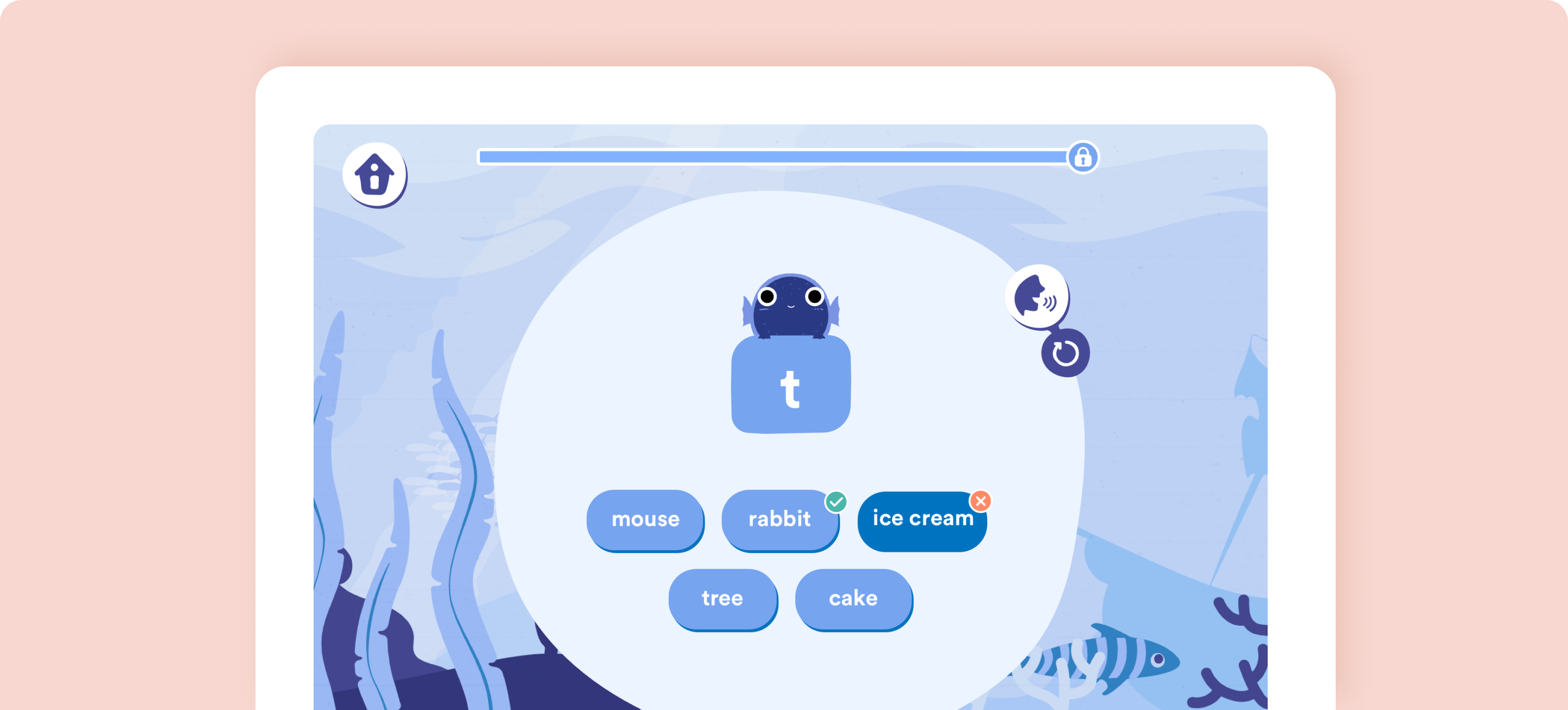
Intro
At Lalilo we've been creating exercises with educational experts. Exercises were designed to cover every language learning necessities. Each exercise has his own UX and assesses a new way of learning to the student. Those exercises were adapted for K-2 students (6 years old).
Team Designer, Devs, Product Owner, Educational content team, Data Scientists, Growth team
My role UX Design, UI Design
Context Lalilo 2017 - 2020
★ Goal Make sure every student is autonomous on Lalilo's exercises

Process
All exercices uses common component so to create coherence in interface. It also help the student to find every exercice element easly throught every type of exercices.

Research
In 2017, after 1 year on working on a proof of concept for Lalilo, we started to build the first version of the product. We asked for feedbacks on the POC and questioned teachers, students about how the perfect reading platform would look like. We took feedbacks with: Calls to teachers, Surveys, Focus Group, Classroom visits.
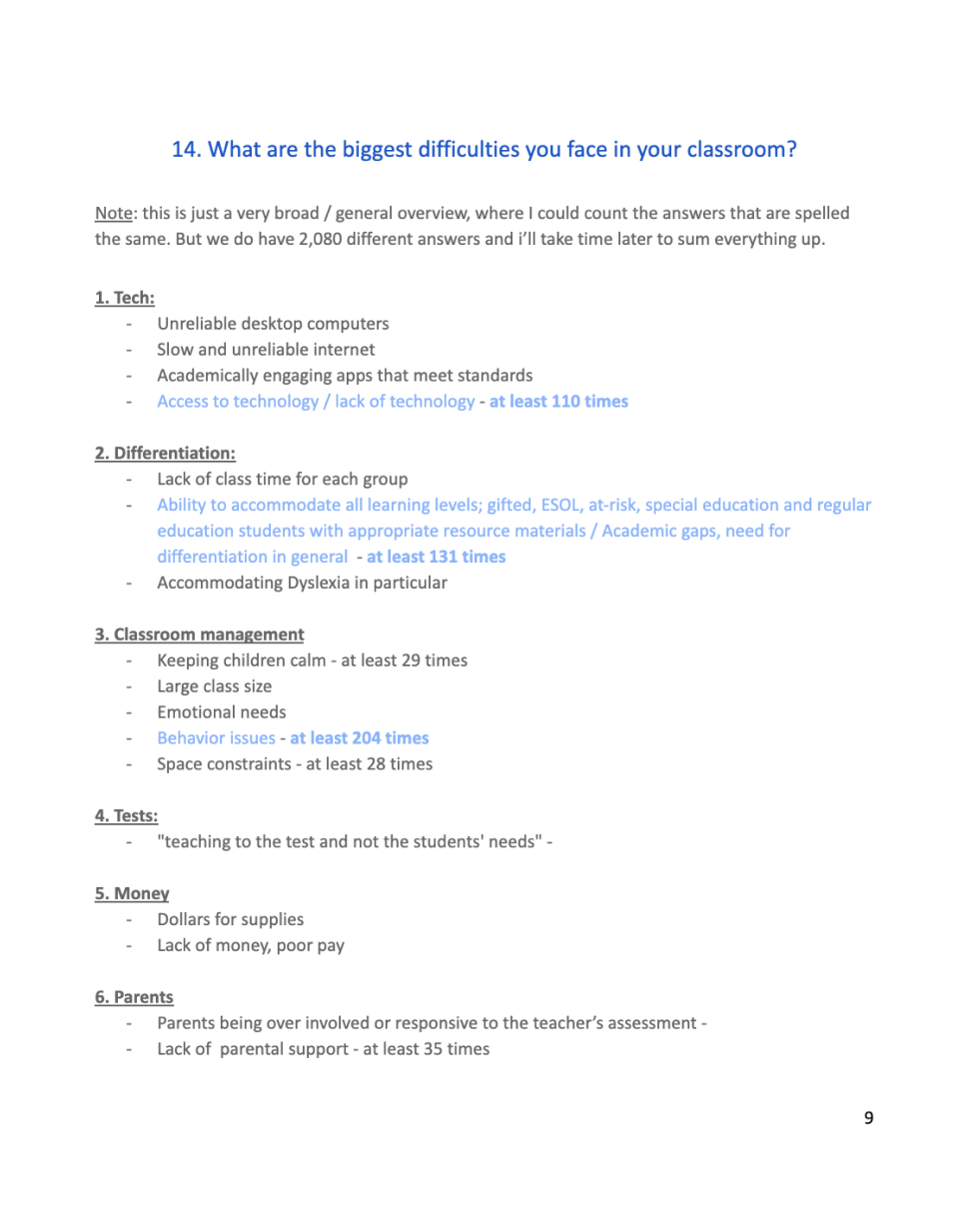
Surveys
We tried to better understand teachers' behavior and see how their classroom works to see exercises can fit some needs and problems.
User stories
As Lalilo is build for teachers first, analyzed needs to create the best platform that teachers and students would love.
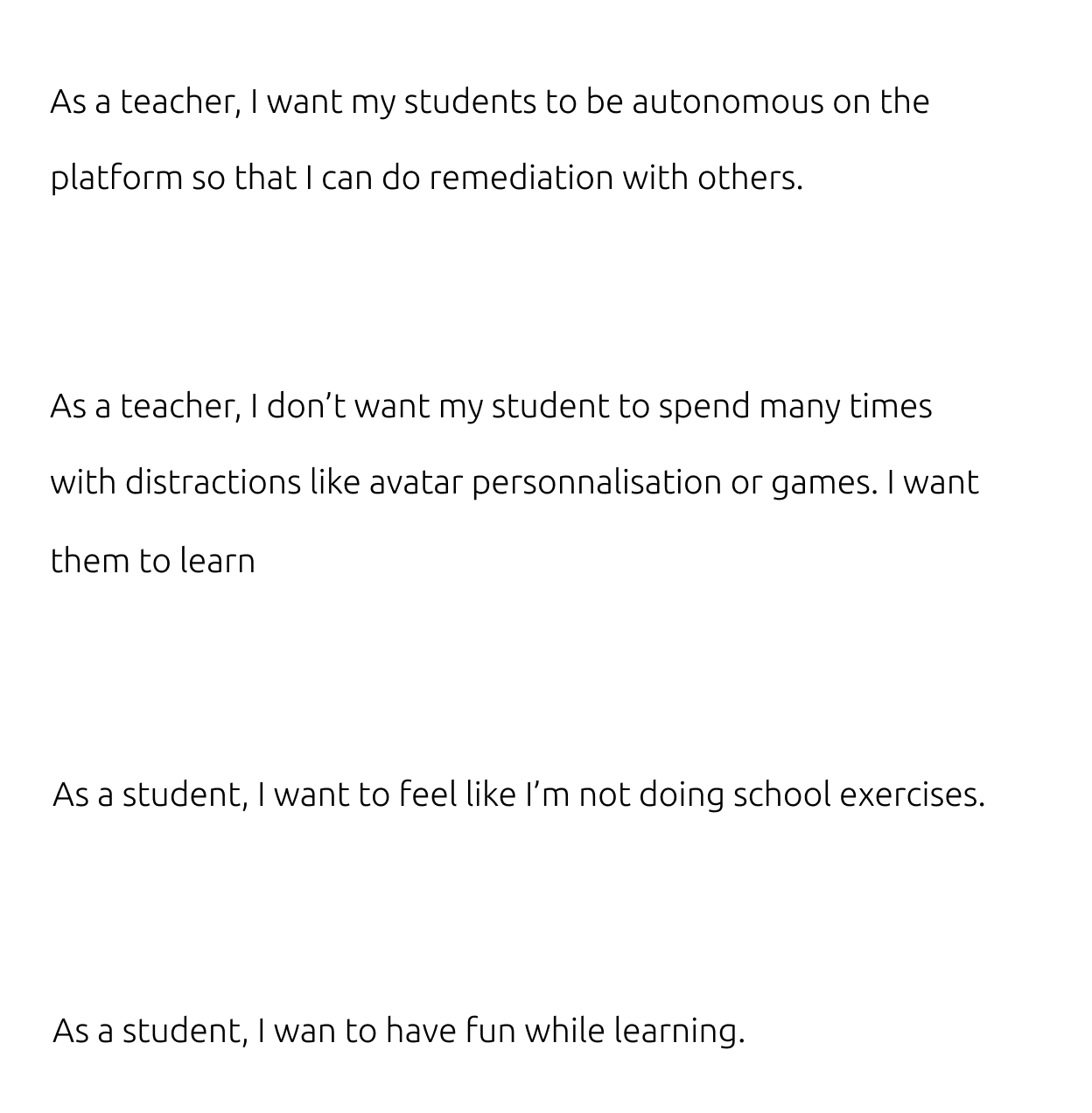
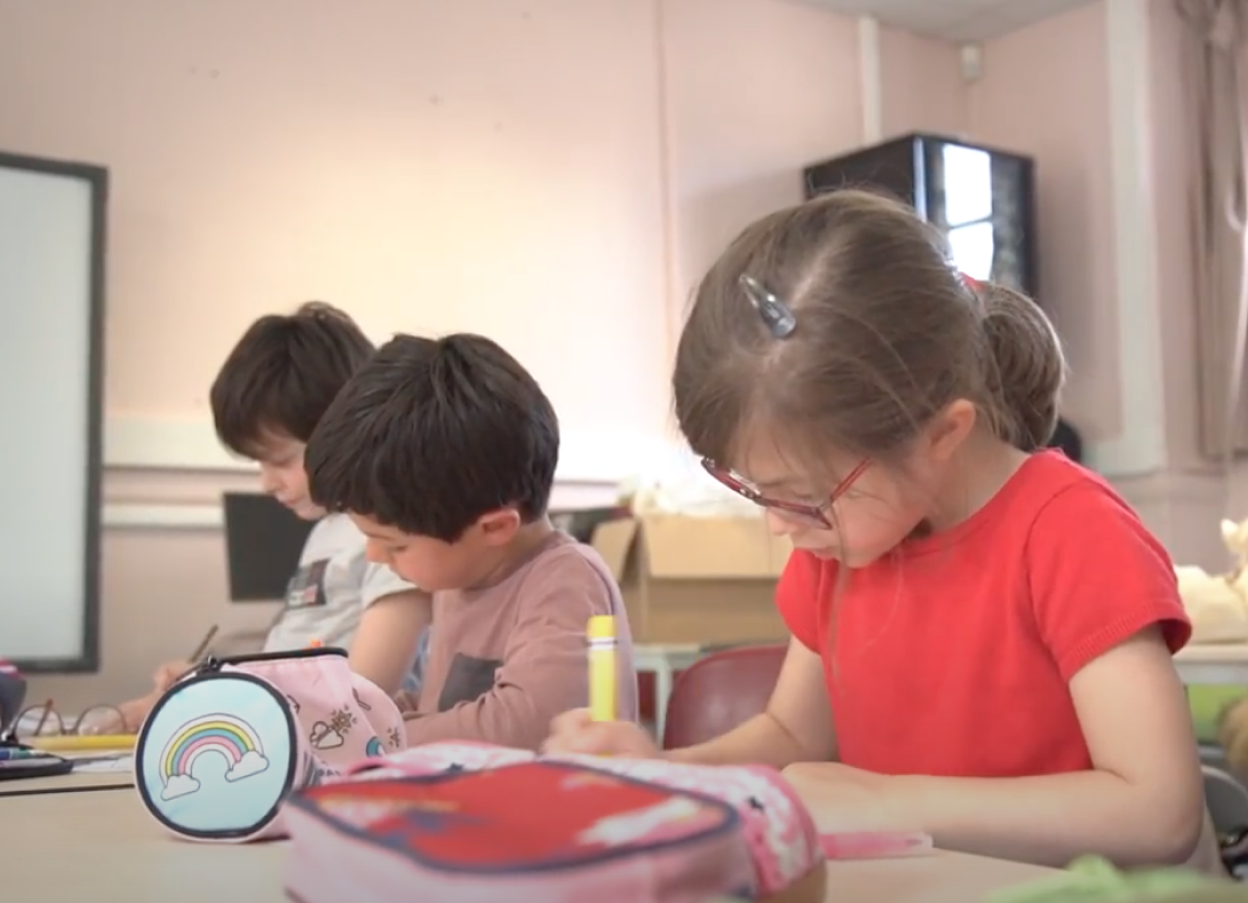
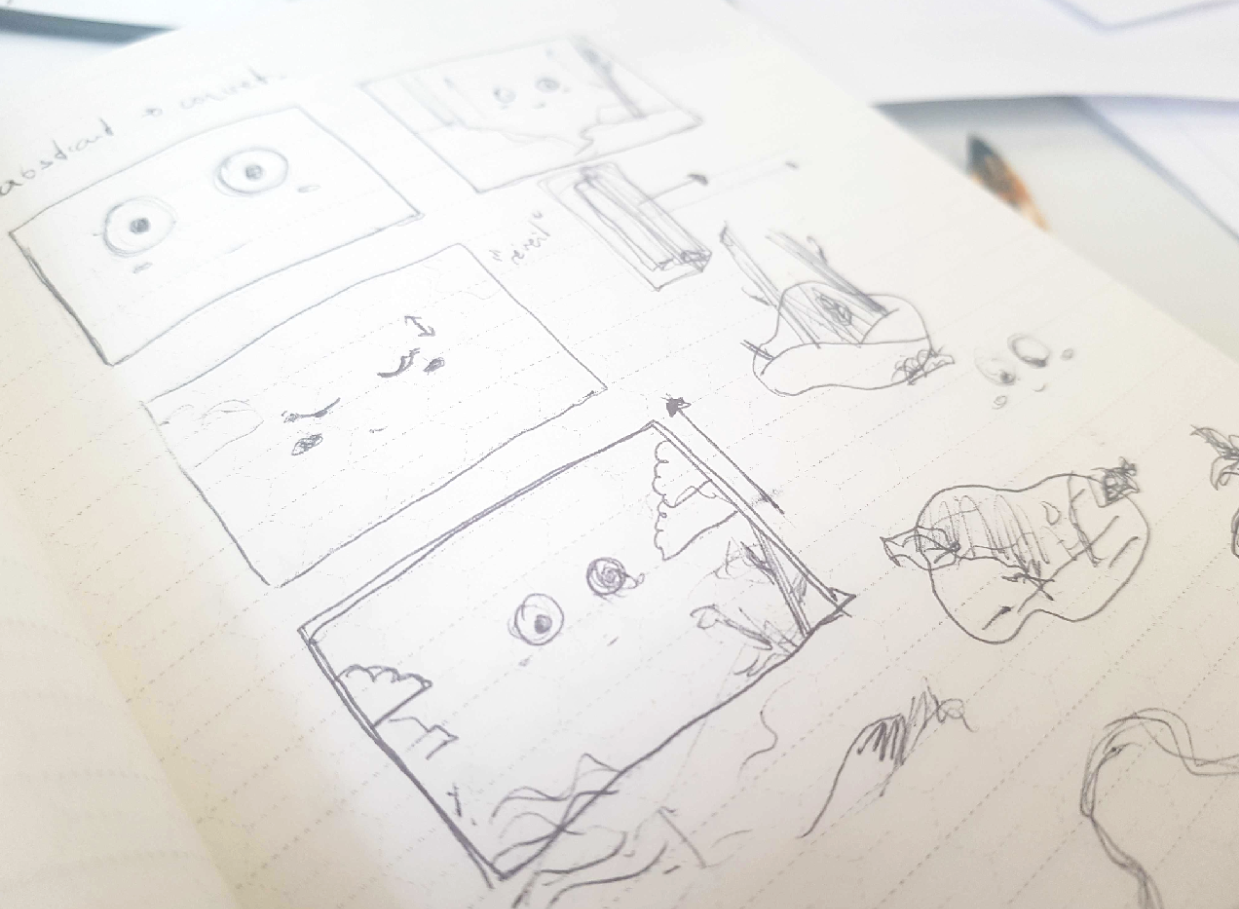
1:1 Research
We build the product close to students and teachers. We test and prototype every interfaces to be sure students are able to be autonomus.
Common component
All exercices uses common component to create coherence in interface. It also help the student to find every exercice element easly throught every type of exercices.
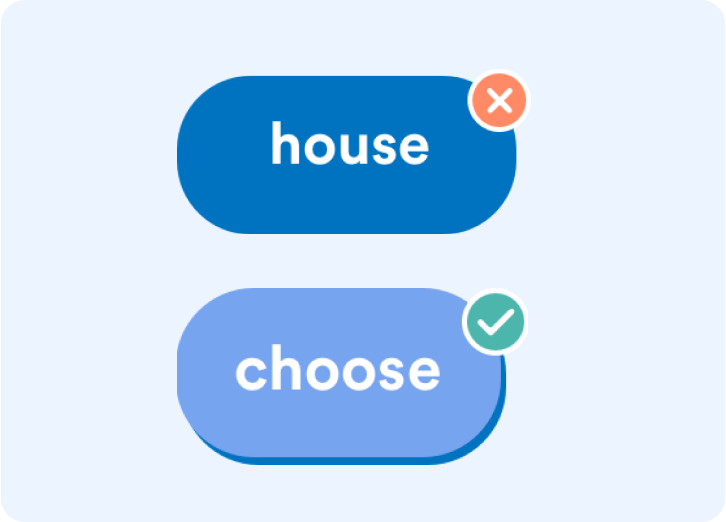



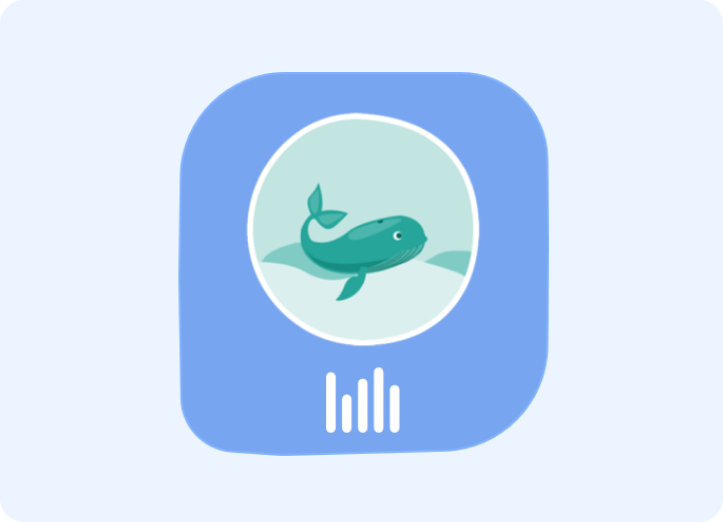
Speech exercice (exemple)
Speech exercice allows students to record themdself to be able to be evaluate on their reading skills.

1. Instruction
Students listen to the instruction:
“Listen carefully and read
the word you see”.
Here, we want to sure student understand the instruction

2. Recording
To be sure students pay attention to the screen, we ask them to click on record when they are ready.
Check that student are aware that they are recorded
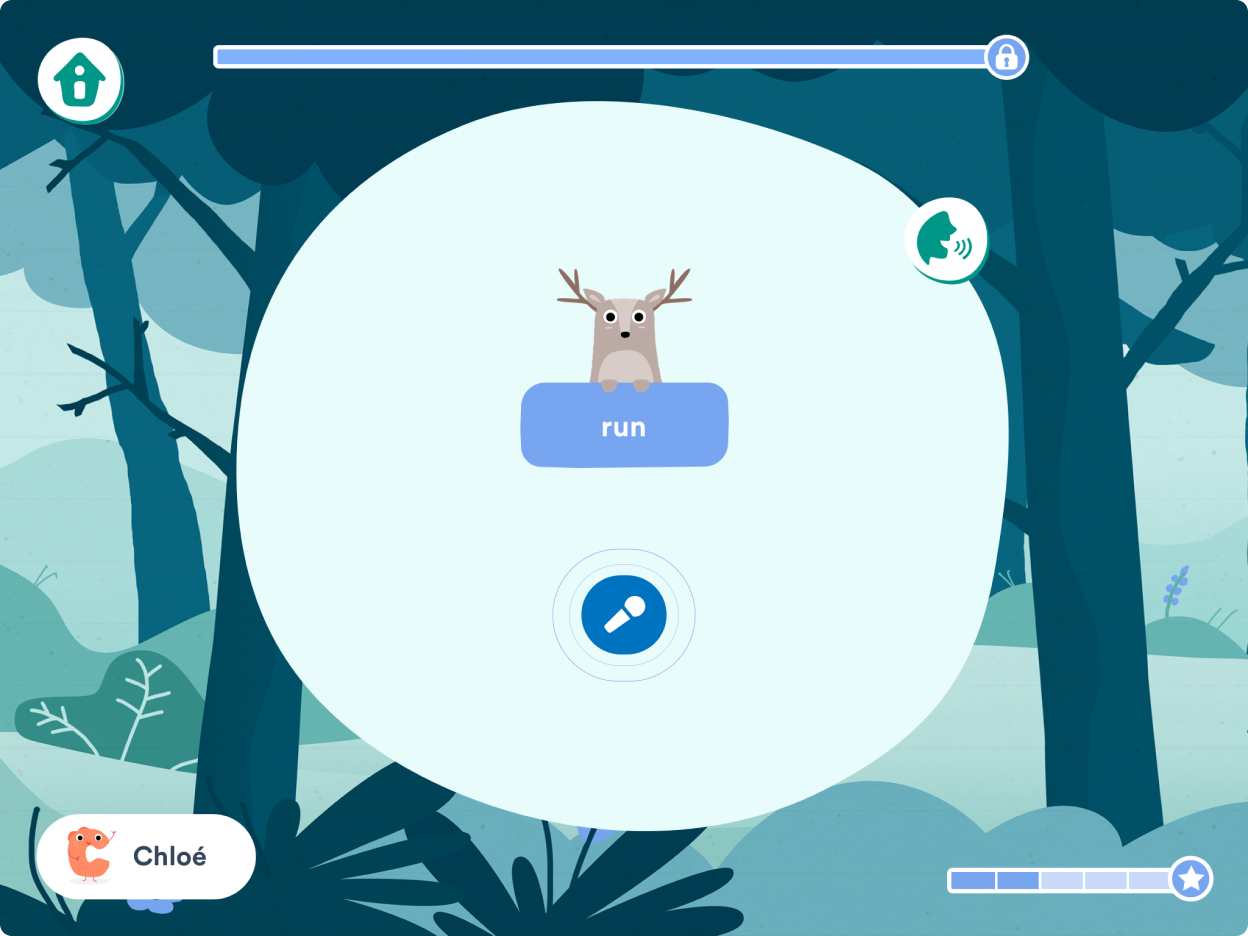
3. Listen again
After the recording can listen to the recording again.
Make sure students are aware of their record
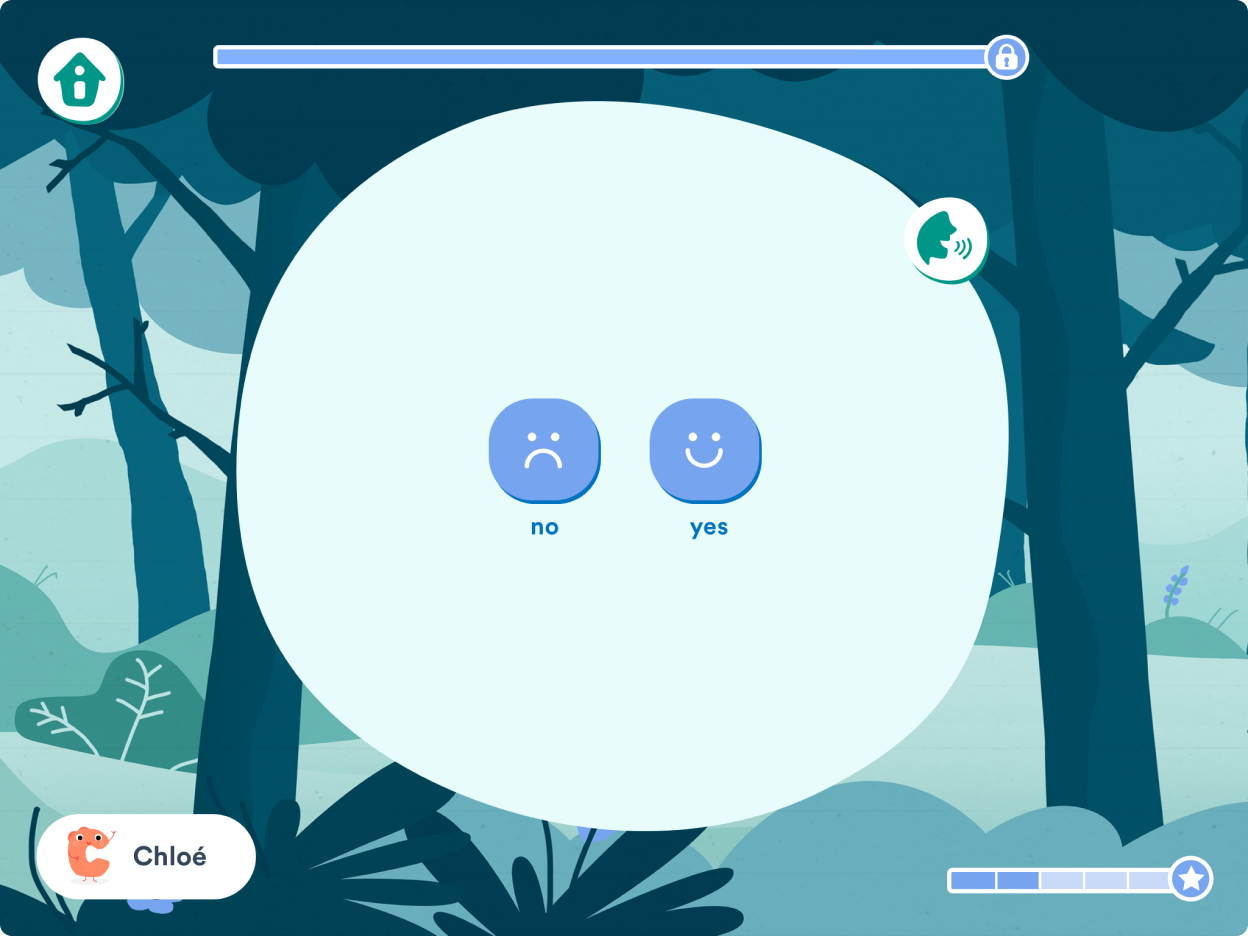
4. Self appreciation
Students can appreciate or not their recording and redo it again.
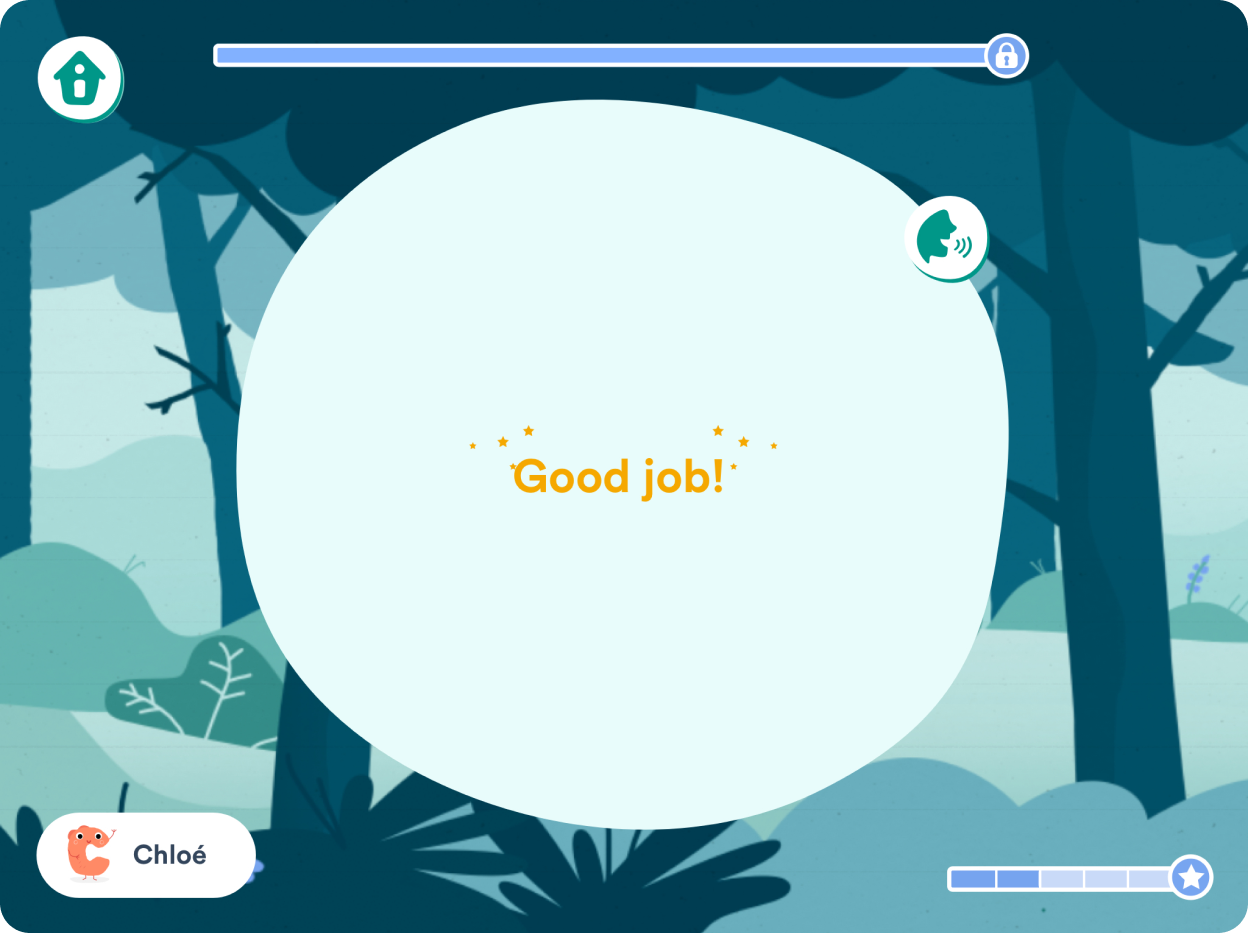
5. Feedback
A feedback is given according to the result of the exercice.
Other examples
Exercises can be decline in different templates and differents designs to match every type of learning.


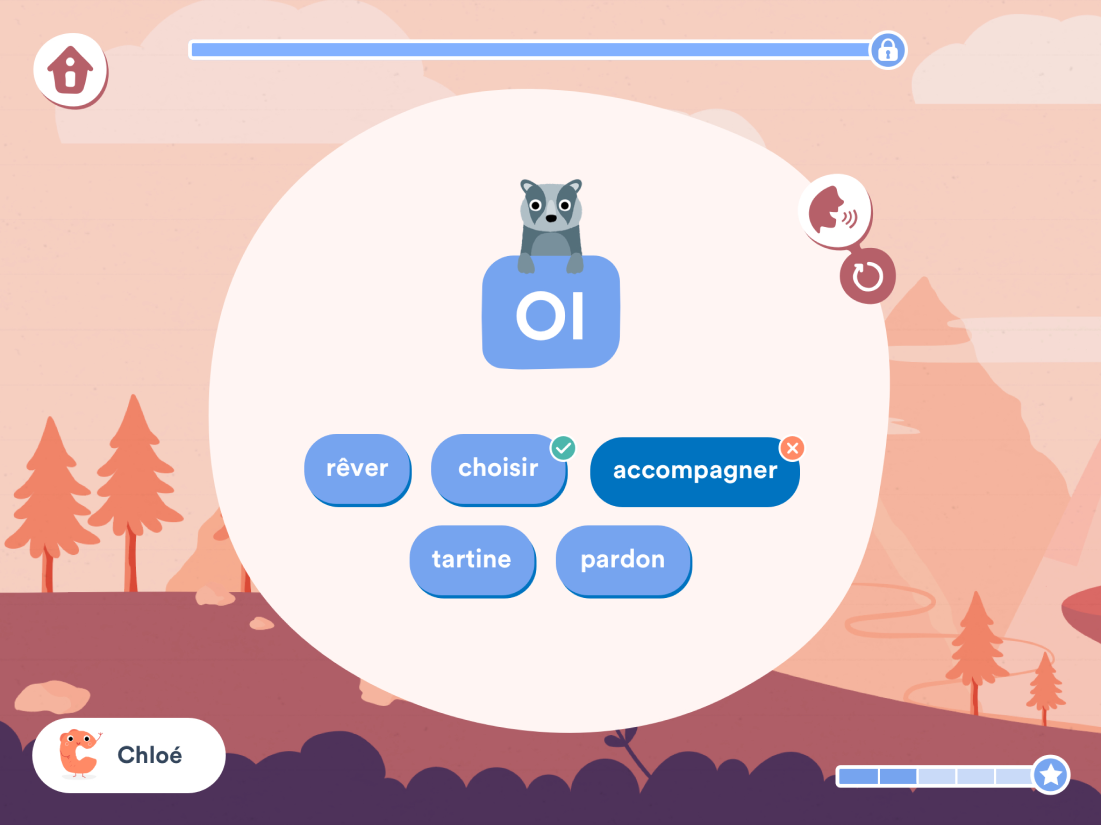
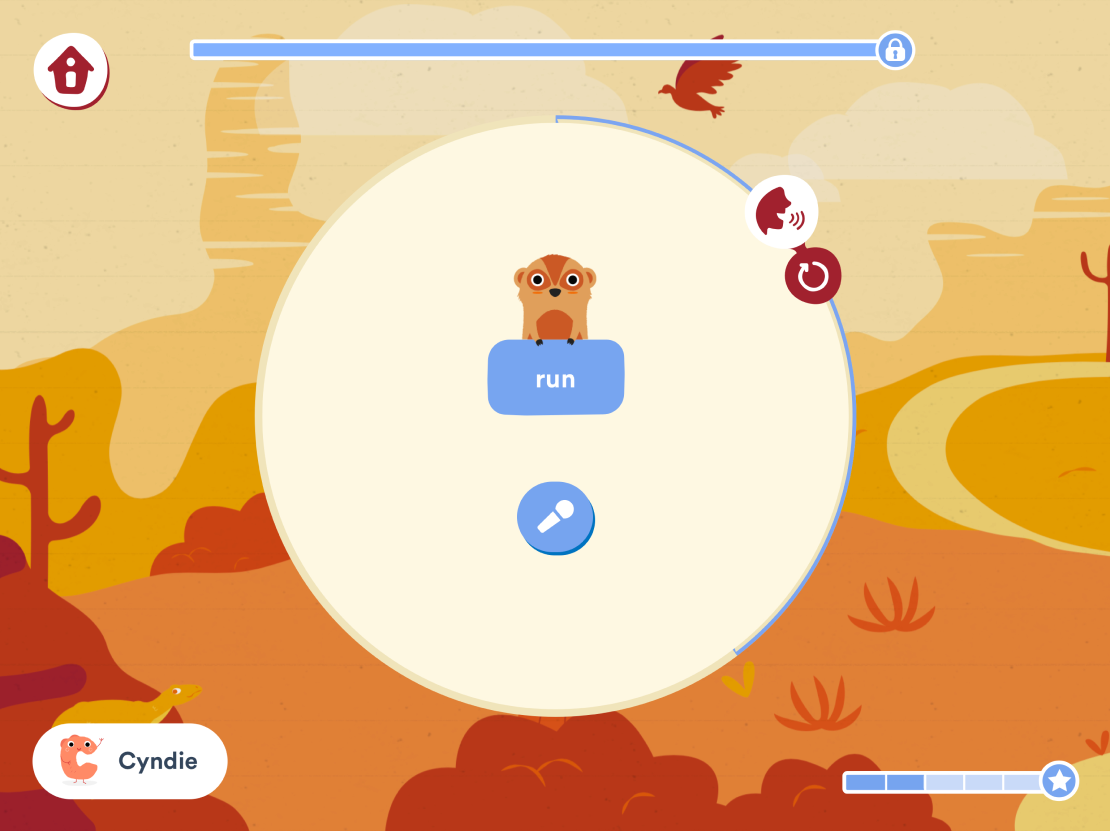
Exercises video
Test & Research
To determine if exercices are well understand by students we are leading different test. The main goal is to determine if students are stuck in front of exercices because of a bad UX or because exercices are too easy or too hard for students.

Protocols
Protocols are made to be able to track features and exercises. To analyze exercises we try to determine if problems come from UX or from pedagogical elements. We're also using Mixpanel or student's feedback to better understand their needs.
Retranscription
We analyze results of differents sources: tests, Mixpanel, NPS, interview... To better prioritize next exercises or improve somes.


What I've learned
• Visual hierarchy and prioritization of information is important for the exercise to be intuitive to 6 years old students
• If an exercise doesn’t work it’s important to differentiate the pedagogical aspect and the UX aspect of the problem
• It’s important to iterate on the form of the exercise with a pedagogical expert
• This kind of interface can only be tested with students